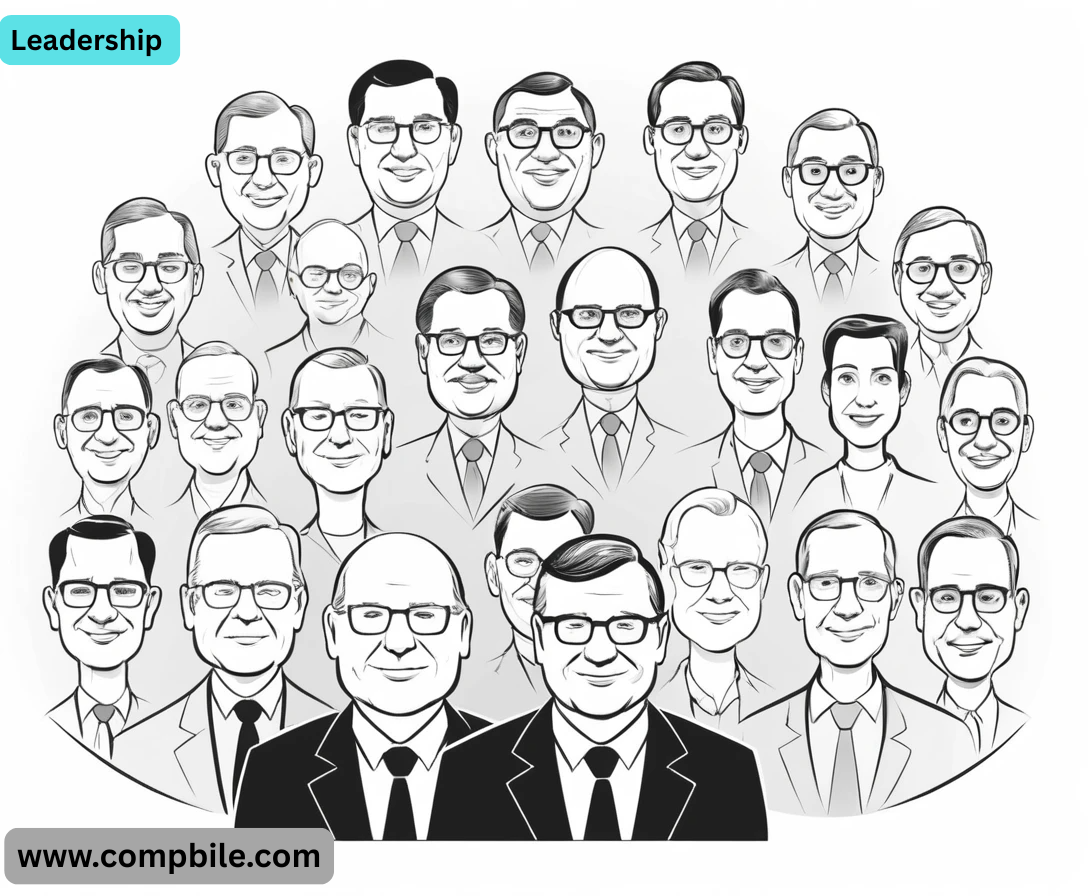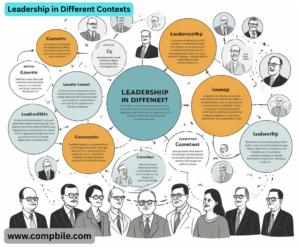Leadership Of course. Here is a comprehensive overview covering its definition, key theories, essential skills, different styles, and why it matters.
What is Leadership?
- At its core, leadership is the act of influencing, motivating, and enabling others to contribute toward the effectiveness and success of an organization or group.
- A key distinction is between Leadership and Management:
- Management is about planning, organizing, budgeting, and controlling. It’s about ensuring predictability and order.
- It’s about producing change and movement.
- While both are crucial, the best organizations need strong managers and strong leaders.
Key Theories of Leadership
- Understanding how our view of leadership has evolved helps contextualize modern practices.
- Trait Theory (1930s-40s): Focused on identifying innate qualities and characteristics of successful leaders (e.g., intelligence, self-confidence, integrity). It found that no universal set of traits guarantees success.
- Behavioral Theory (1940s-60s): Shifted focus from who a leader is to what a leader does. This theory identified key behaviors, such as:
- Task-Oriented Behavior: Focusing on goals, structure, and schedules.
- People-Oriented Behavior: Focusing on trust, respect, employee well-being, and relationships.
- Situational/Contingency Theory (1960s-70s): Proposes that the most effective leadership style depends on the situation. A good leader can adapt their style to factors like task complexity, team competence, and time constraints.
- Example: A leader might be directive in a crisis but delegative with a highly experienced team.
- Transformational Leadership Theory (1970s-Present): Currently the most influential theory. It emphasizes a leader’s ability to inspire and create profound change. Transformational leaders:
- Create a compelling vision for the future.
- Act as role models (Idealized Influence).
- Encourage innovation and creativity (Intellectual Stimulation).
- Provide support and mentorship (Individualized Consideration).
Essential Leadership Skills
Effective leaders typically cultivate a blend of hard and soft skills across several domains:
- Strategic Thinking: Seeing the big picture, anticipating trends, and setting a clear vision.
- Communication: Clearly articulating ideas, vision, and goals. This includes active listening, giving constructive feedback, and tailoring the message to the audience.
- Adaptability & Resilience: Navigating change, uncertainty, and setbacks with a positive and flexible attitude.
- Decision-Making: Gathering information, weighing options, and making timely, well-reasoned decisions, even with incomplete data.
- Delegation & Empowerment: Trusting team members with responsibilities and authority, enabling them to grow and take ownership.
- Integrity & Ethics: Building trust through consistent, honest, and principled actions.
Why is Leadership Important?
Strong leadership is the cornerstone of any successful endeavor. It:
- Drives Performance and Results: Effective leaders align teams with goals, boosting productivity and achieving outcomes.
- Creates a Positive Culture: Leaders set the tone for the entire organization, influencing morale, ethics, and engagement.
- Navigates Change: In a rapidly changing world, leaders provide clarity, stability, and a vision for the future, guiding organizations through uncertainty.
- Attracts and Retains Talent: People want to work for and with great leaders. Strong leadership is a key factor in employee retention.
- Fosters Innovation: By empowering employees and creating a safe environment for risk-taking, leaders unlock creativity and innovation.
The Levels of Leadership (John C. Maxwell’s Model)
Leadership influence expands as you progress through these levels:
- Position: Rights. People follow because they have to.
- Permission: Relationships. People follow because they want to. You’ve built trust and relationships beyond your title.
- Production: Results.. You generate momentum and results.
- People Development: Reproduction. You mentor and develop leaders, creating legacy.
- Pinnacle: Respect. You have a lifetime of proven leadership and create leaders who develop other leaders.
- The goal is to move up from Positional leadership to build a more sustainable and impactful influence.
Modern Leadership Challenges
Today’s leaders operate in a uniquely complex environment:
- Hybrid & Remote Teams: Leading distributed teams requires intentional communication, trust-building without physical proximity, and new ways to maintain culture.
- Focus on DEI (Diversity, Equity, and Inclusion): Modern leaders must be culturally competent, actively foster inclusive environments, and ensure equity in opportunity.
- Rapid Technological Change (AI, etc.): Leaders don’t need to be experts, but they must be technologically literate to guide strategy, understand risks, and leverage new tools.
- Employee Well-being & Mental Health: The post-pandemic era has placed a greater emphasis on empathetic leadership that supports the whole person, not just the worker.
- Globalization & Geopolitics: Leaders must navigate supply chain issues, international markets, and diverse cultural norms.
Leadership in Different Contexts
While the core principles are universal, the application varies:
- C-Suite / Executive Leadership: Focused on long-term vision, capital allocation, market positioning, and setting overall company culture. Requires strong strategic and stakeholder management skills.
- Middle Management: The crucial link between strategy and execution. Often the most challenging role, balancing directives from above with the needs of the team below. Requires exceptional communication and translation skills.
- Team Leadership: Focused on day-to-day task execution, project management, and the direct well-being and productivity of a small group. Requires high emotional intelligence and coaching skills.
- Thought Leadership: Influencing through ideas, expertise, and insight rather than formal authority. Common in consulting, academia, and social influence.
- Community & Civic Leadership: Mobilizing volunteers and stakeholders around a cause. Relies heavily on passion, persuasion, and building grassroots support.
Practical Steps to Develop Your Leadership
Leadership can be learned and cultivated. Here’s how:
- Seek Feedback Relentlessly: Use 360-degree reviews or simply ask your team, peers, and manager: “What is one thing I could start, stop, or continue doing to be a more effective leader?”
Find a Mentor & a Coach:
- A Mentor (often more experienced) provides guidance, shares wisdom, and opens doors. “Here’s how I handled that…”
- A Coach asks powerful questions to help you find your own answers. “What’s getting in your way? What would success look like?”
- Be a Voracious Learner: Read books (Leaders Eat Last, Dare to Lead, Extreme Ownership), listen to podcasts, and take courses. Study both historical leaders and contemporary business figures.
- Practice Self-Reflection: After key meetings or projects, ask yourself:
What went well?
- What could I have done better?
- How did my actions impact the team’s dynamic and outcome?
- Seek Out Stretch Assignments: Volunteer for projects that place you outside your comfort zone, requiring you to lead without formal authority or manage cross-functional teams.
- Focus on Your EQ: Work on self-awareness, self-regulation, empathy, and social skills. This is often more important than IQ for leadership success.
Quotes to Capture the Essence
- On Responsibility: “The price of greatness is responsibility.” — Winston Churchill




